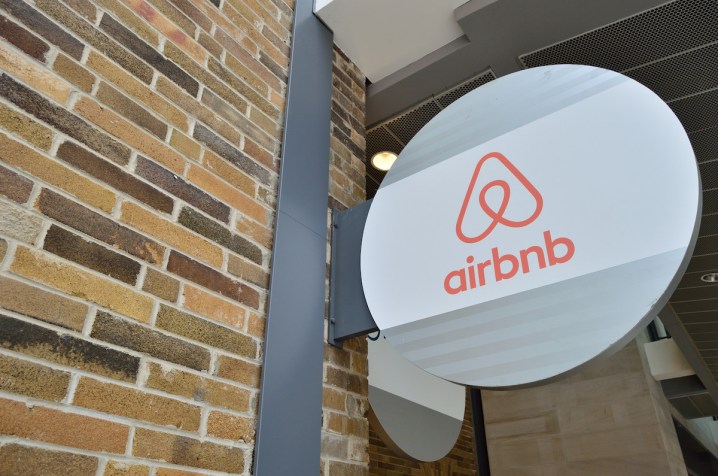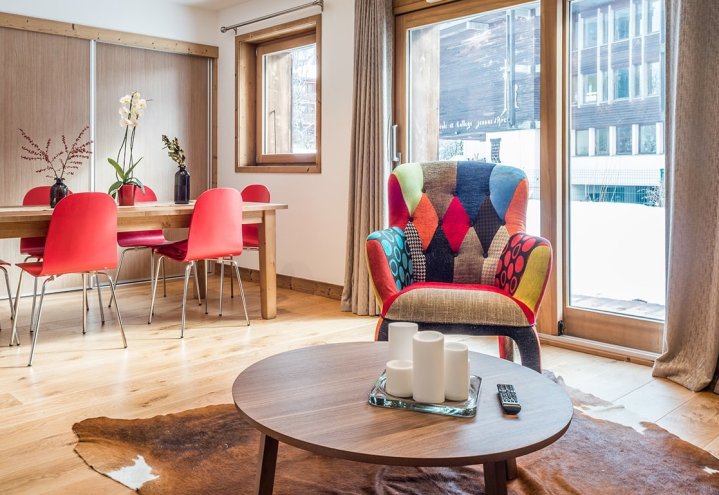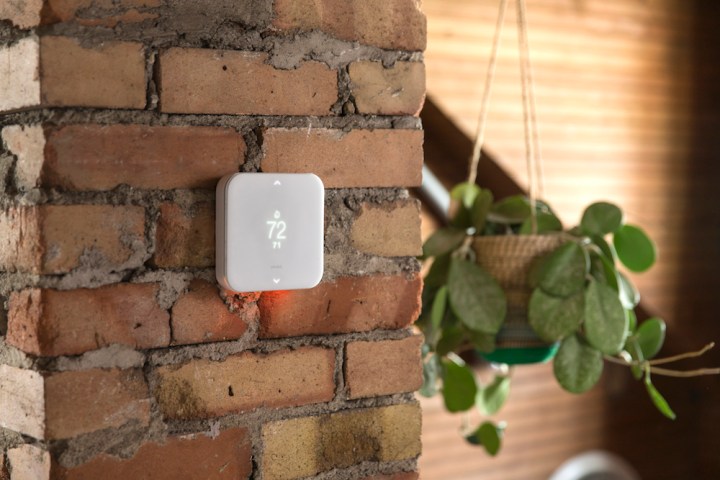
If you’re planning on preparing your home for Airbnb (or VRBO or any similar services), then you may be wondering just where you should start. How do you prepare for your guests? What will they expect? What changes will you need to make to the living space, and how much should it cost?
- Plan for taxes and fees
- Understand insurance and if you need more
- Create “Rules” and guest requirements
- Checke your basic perks and supplies
- Spend time on sleeping arrangements
- Pick the right furnishings
- Put the right security in place
- Arrange for cleaning and upkeep
- Price your rental
- Final step: Take photos
We’ve got answers. Welcome to our guide on just what steps you need to “Airbnb” your home for future rentals, and what you need to know about the requirements.
Plan for taxes and fees
How much will it cost you to prepare and rent your Airbnb property? Before you start all the work, it’s a good idea to measure the costs involved. Taxes are a good place to start: Generally speaking, you can rent out your home for 14 days a year without needing to report the income. If you plan on renting more frequently than that—a common goal for Airbnb hosts—then you will need to report any income generated and pay taxes on it.
The other main costs of hosting for Airbnb can be easily divided into four parts:
Initial costs: These are the costs for all the new things you will need to buy to prepare your home. That could include a fire extinguisher, a fan, a smart doorbell, and other things that we’ll cover later on. It’s important to have enough cash on hand for these initial costs. Fortunately, you only need to buy these things once.
Service fees: Airbnb will charge a 3 percent service fee that’s basically a payment processing charge. There are then two tiers of booking fees you will have to choose between. You can either pay $350 per year to use Airbnb as your rental service, or choose to pay 10 percent for each booking instead. The $350 option is best suited for those who expect frequent guests.
Supply and utility fees: These are ongoing fees for electricity, internet, toilet paper, complementary food options, and so on. You’ll need to pay these as you go, but the costs are generally quite low, or things you would be paying for anyway.
Maintenance fees: These are all the extra costs involved in cleaning up after guests and generally preparing the rental between guests.
Understand insurance and if you need more
Insurance for Airbnb rentals isn’t the easiest subject, but it is important, so get ready to do some research. First, the good news: For all hosts in the United States, Airbnb offers $1 million in liability insurance and $1 million in property damage insurance, free of charge. That’s a weight off your mind.
Now, you should also call your home insurance agent or review your insurance papers and see what they have to say about renting. Home insurance and landlord insurance policies vary in how they cover renting and how renting is defined, so it’s important to get some specifics. In some cases, you may need to upgrade to business insurance (the same sort that hotels use, for example), which will be more expensive then your home insurance policy. Don’t worry, you can still use your home just as you normally would even if it’s covered by a business policy.
Finally, you should check your local regulations to see if there are any additional requirements. More frequently, cities like San Francisco and Austin have been imposing their own restrictions on short-term rentals. You may need to register your dwelling, pay extra taxes, carry additional insurance, or other requirements before you can legally rent in your area.

Create “Rules” and guest requirements
As a host, you have the ability to create what Airbnb calls “House Rules” that guests will see on your listing when they decide to rent. It’s a good idea to have a printed copy of the rules around as well, so that guests will be absolutely sure what they are.
Common topics for house rules pertain to smoking, eating, parties, off-limits areas, inviting additional guests over, and other subjects that may remind you of living with a roommate…which isn’t a bad comparison to make. What sort of house rules do you want or need? What can you let guests know to make their stay easier (what to do with trash and laundry, for example)? Try not to be too negative in your house rules, but set some firm, simple boundaries.
Checke your basic perks and supplies
There are basic perks or amenities that every Airbnb rental should have. These include:
- Wi-Fi
- The ability to make coffee or tea
- Basic eating utensils and basic ingredients like sugar, salt, etc.
- Toilet paper and paper towels
- Soap, shampoo and, if applicable, detergent
- Clean towels
- Possibly an ironing board and iron
You get the idea. Think of what a hotel room has if you get stuck. In addition to these expected items, you may also want to add on some complementary perks that will help making the experience more enjoyable. A lot of these are based on just what sort of renters you are targeting. You may want to include breakfast or snack products, maps to local attractions, personal recommendations for restaurants, sunscreen, and so on. Keep in mind that people may have allergies, and that it’s generally better to buy organic when possible.

Spend time on sleeping arrangements
A guest’s experience (and the ratings they will give you) depend in great part on their sleeping experience at your home. Do what you can to make it amazing. The first step is, of course, providing a comfortable, sturdy mattress and clean sheets and pillows—with extra sheets and pillows readily available.
If the bedroom area gets a lot of light in the morning, consider installing thicker curtains or another “blackout” option so that guests can get the rest that they need. If your location is a little noisy, provide earplugs or a white noise machine to help out.
Pick the right furnishings
It’s not often necessary to buy new furnishings when getting ready for Airbnb. The exception is if your old seating is truly ragged or uncomfortable, in which case you may want to look for replacements. If your living area is truly barren and there’s not much seating at all, this is a good time to shop for stylish chairs, a futon, or similar furnishings. Look for furniture that includes hidden storage options that make it easier to store things or clean up.
Next, consider your floor. Do you need rugs or mats to help guests keep their shoes clean? Should you put non-slip mats in the bathroom in case it gets slick? There maybe some carpets or flooring you want to protect too, so covering them with a rug or carpet may be a smart decision.
Also think about stopping stains and preventing wear and tear. Make sure your furnishing have protectors on their feet in case they slide around, and get some nice slipcovers for your sofas or other seating if you want to protect them for as long as possible.

Put the right security in place
First, make sure there are no hazards in your home, such as exposed wires or other clear safety threats. Then consider the type of security you need for your guests. Do you need to lock away any particular personal valuables, or get a lock for a particular room/closet to restrict access? This is the time to do it.
You should also set up an access system for guests. That could mean copying keys for the entrance, or choosing a high tech option like a smart door lock that can hand out temporary passes for guests while they stay there.
Finally, make sure your smoke detectors are working and up to date. You may also want to include outdoor security cams for additional security, although this is a significant added expense.
Arrange for cleaning and upkeep
You need to clean your house between guest visits, and ensure that it stays clean over time. You can either handle this yourself (which is pretty easy if you’re living in the dwelling yourself as well), or you can hire a specialized cleaning service like Tidy to handle it for you.

Price your rental
With your house prepared and features decided, it’s time to think about pricing. Your first step should be to compare your location and home with similar offerings on Airbnb to get an idea of pricing in your area. It’s also a good idea to use a dynamic pricing service like BeyondPricing, which can show you how to adjust pricing over the year to make as much income as possible.
Final step: Take photos
Now that things are ready, take a great gallery of high-resolution photos of your home. Photos sell an Airbnb place like nothing else, so it’s important to give guests a great look at your home under the best lighting. With the photos, you will be ready to start your Airbnb account and begin filling out the information for your space. Remember that adding some seasonal decorations or food is a great way to make an Airbnb dwelling look even better.
Editors' Recommendations
- SimpliSafe is now using AI to prevent burglars from entering your home
- How to convert your window blinds into smart blinds
- How to use the Google Home app on a computer
- How to turn your old phone into a security camera
- What is IFTTT and how can you use it in your smart home?




